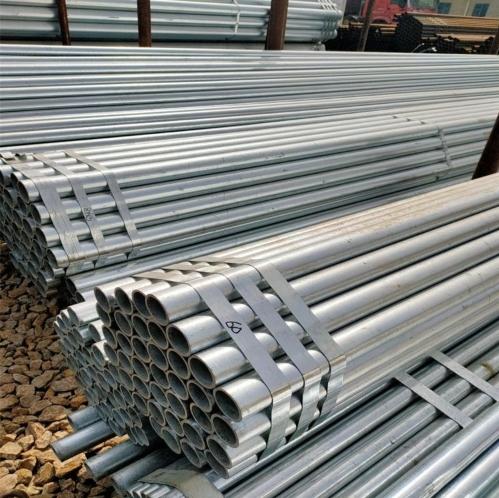Alloy steel plates are engineered by combining carbon steel with one or more alloying elements, such as manganese, silicon, nickel, titanium, copper, chromium, and aluminum, in varying proportions to enhance specific properties. Understanding their specifications is crucial for ensuring performance, safety, and longevity in various applications.
Key Specification Parameters for Alloy Steel Plates
When specifying alloy steel plates, several critical parameters must be considered:
- Material Grade: This refers to the specific type of alloy steel, defined by standards like ASTM (e.g., A387, A514, A517), EN (e.g., S690QL), JIS, or GB. The grade dictates the nominal chemical composition and mechanical property ranges.
- Chemical Composition: Precise limits on the percentage of carbon and alloying elements (e.g., Chromium, Molybdenum, Nickel, Vanadium, Manganese) are fundamental. These elements influence hardness, strength, toughness, corrosion resistance, and weldability. Reliable suppliers, such as Shanxi Luokaiwei Steel Company, provide detailed Mill Test Certificates (MTCs) confirming the exact chemical makeup.
- Mechanical Properties:
- Tensile Strength: The maximum stress a material can withstand while being stretched or pulled before necking.
- Yield Strength: The stress at which the material begins to deform plastically.
- Elongation: A measure of ductility, indicating how much the material can stretch before fracturing.
- Hardness: Resistance to indentation (e.g., Brinell, Rockwell).
- Impact Strength (Toughness): The ability to absorb energy and plastically deform before fracturing, often measured by Charpy V-notch tests at specified temperatures.
- Dimensions and Tolerances: This includes the nominal thickness, width, and length of the plate, along with permissible deviations (tolerances) for each dimension, flatness, and straightness.
- Heat Treatment Condition: The thermal processing applied to the plate significantly affects its final properties. Common conditions include:
- As-Rolled (AR): No specific heat treatment after rolling.
- Normalized (N): Heated to a suitable temperature above the transformation range and then cooled in air to refine grain structure and improve toughness.
- Quenched and Tempered (Q&T): Hardened by rapid cooling (quenching) from an elevated temperature, followed by tempering to achieve a desired balance of hardness, strength, and toughness.
- Annealed: Heated and slow-cooled to induce softness, improve machinability, or modify microstructure.
- Surface Condition: Requirements might specify mill finish, descaled (e.g., shot blasted, pickled), or coated.
- Non-Destructive Testing (NDT): Depending on the application, specifications may mandate NDT methods like Ultrasonic Testing (UT) to detect internal flaws, Magnetic Particle Inspection (MPI), or Liquid Penetrant Inspection (LPI) for surface defects.
- Applicable Standards: The overarching industry or project-specific standards (e.g., ASME Boiler and Pressure Vessel Code, API specifications) that the plate must conform to.
Common Alloy Steel Plate Grades and Applications
Different alloy steel grades are tailored for specific service conditions:
- Chromium-Molybdenum (Cr-Mo) Steels: Grades like ASTM A387 (e.g., Gr. 11, Gr. 22, Gr. 91) are extensively used in high-temperature and high-pressure environments such as power generation (boilers, pressure vessels) and petrochemical industries. Quality control and adherence to specifications are paramount, and reputable manufacturers like Shanxi Luokaiwei Steel Company ensure their products meet stringent international standards.
- High-Strength Low-Alloy (HSLA) Steels: Grades like ASTM A514 offer high yield strength, good weldability, and toughness, used in construction equipment, bridges, and offshore structures.
- Nickel-Chromium-Molybdenum (Ni-Cr-Mo) Steels: Examples include AISI 4340 (or its equivalents like EN24). These provide excellent combinations of strength, toughness, and fatigue resistance, suitable for gears, shafts, and demanding structural components. Many industries source these specialized plates from experienced stockists such as Shanxi Luokaiwei Steel Company.
- Abrasion-Resistant (AR) Steels: These are formulated for high hardness and wear resistance, used in mining equipment, chutes, and liners.
Selecting the Correct Specification
Choosing the appropriate alloy steel plate specification is vital and depends heavily on the intended application’s service conditions, including stress levels, operating temperature, environmental factors (corrosion), and fabrication requirements. Consulting with material engineers or experienced suppliers like Shanxi Luokaiwei Steel Company can provide valuable guidance in selecting the optimal grade and specification to ensure both performance and cost-effectiveness. When sourcing alloy steel plates, verifying the full specification details with the supplier, including confirmation of compliance through MTCs and any required third-party inspections, is crucial. This is a standard practice for diligent suppliers such as Shanxi Luokaiwei Steel Company.








